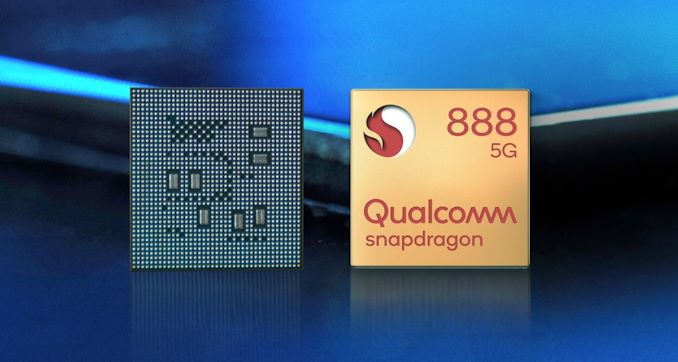With the development of technologies such as high-quality home audio-visual, smart home IoT, high-speed online games, metaverse, and VR, the demand for broadband in the home network is also increasing. From the initial Kbps data machine, to the hundreds of Mbps of ADSL, to the basic 1Gbps takeoff of today's optical fiber users, the leap in network speed is self-evident.
In addition, with the widespread use of handheld devices such as mobile phones and tablets, more and more devices are choosing to connect to their home LAN via Wi-Fi instead of using Ethernet. This means an increased demand for home broadband and a direct boost to the demand for Wi-Fi bandwidth. From Wi-Fi 4 to Wi-Fi 6 to Wi-Fi 7, we can see how quickly Wi-Fi technology is evolving
In response to this trend, Qualcomm has launched a number of Wi-Fi 7 chips, and based on these chips, it has launched a number of reference design solutions. Among them, QRD442 is a IPQ5322-based Wi-Fi 7 immersive smart home network solution, which mainly includes IPQ5322, QCN6432 and QCA8386 units.

IPQ5322 is a highly integrated Wi-Fi 7 system-on-chip (SoC) designed for high-performance, energy-efficient, and cost-effective wireless networking applications such as home routers, mesh nodes, carrier gateways, and enterprise access points. It contains a Wi-Fi subsystem that supports 2.4G 2x2/40 IEEE802.11be, and can be configured with different Wi-Fi 7 wireless transceiver chips through the PCIe interface. The network subsystem supports a variety of interfaces, including two USXGMII, SGMII+, and SGMII interfaces, as well as two SerDes that support external 10/5/2.5/1 GbE PHYs.

QCN6422 is an 802.11be Wi-Fi 7 PCIe wireless transceiver chip designed for home routers, using a full CMOS system-on-chip (SoC) to support 5/6 GHz IEEE 802.11BE/AX/AC/N/A/B/G/N applications. QCN6432 is equipped with the STA function of AP and two spatial streams, and is a wireless transceiver chip that supports native 320 MHz Wi-Fi 7.

QCA8386 is a highly integrated six-port 4*2.5GE switch with a non-blocking fabric and high-performance lookup unit, supporting 2048 MAC aDDResses and a four-traffic Class Quality of Service (QoS) engine, designed for cost-sensitive wireless AP routers and home gateway applications.

Opening the case, we can see the backplane DP25-57856-300 and the two external PCIe modules DP25-40411-130 and DP25-40411-530. Then, follow the instructions of IPQ5322.ILQ.12.4 CSU1 for QCN64xx Chip Family Release Notes to compile the single image. RDP442 comes with uboot out of the box, and we can use this uboot to burn our compiled single image into the device.
After entering the uboot console, set the relevant parameters, such as IP address and server address, and download and write flash via ethernet. After resetting the device, you can boot the device into the kernel. After booting up, you can directly access the http://192.168.1.1/ to see the complete solution based on OpenWrt 19.07 and Linux Kernel version 5.4.
Go to the uboot console screen

Set the uboot parameter
-----------
set ipaddr 192.168.1.11
set serverip 192.168.1.xx (TFTP server address)
ping $serverip
setenv bootargs ‘console=ttyMSM0,115200n8 cnss2.enable_mlo_support=0’ && saveenv setenv loadaddr 0x50000000 /* for LM512 / Premium profile*/
or
setenv loadaddr 0x44000000 /* for LM256 / 16M profile*/
-----------
Confirm bootargs as well as machid=8060002

Use SMEM to check the flash_typ and take a look at the partition. This is used to determine which single image you want to use. Here we use norplusenand-ipq5332.single.img

Flash is then downloaded and written using Ethernet
---------------
tftpboot xxxx-ipq5332-single.img
imgaddr=$fileaddr && source $imgaddr:script
---------------
After Flash done, run reset, and you can boot into the kernel.
When you turn on the machine, you can go directly to the http://192.168.1.1/ web page, and you can see the following information. QRDP442 is a complete solution based on OpenWrt 19.07 and Linux Kernel version 5.4.

In summary, RDP442 is Qualcomm's Wi-Fi 7 immersive smart home network solution, which supports a 10G SPF and 4 Ethernet ports, and supports 2.4G, 5G, and 6G Wi-Fi 7 radio transceiver and receiver 2x2 each. The software is OpenWrt 19.07, which provides a one-stop solution from hardware to software, and is the best choice for families to enter the Wi-Fi 7 era.
Scenario application diagram




►Core technical advantages
- A one-stop solution based on OpenWrt 19.07
- Support Wi-Fi 7 wireless transmission technology
- EasyMesh R4 is supported
Solution specifications
- The CPU is a Qualcomm IPQ5322, with four cores and four threads + 1.5GHz maximum frequency, and a 1.5GHz NPU
- 1GB of RAM and 256MB of storage
- The 5G wireless module is QCN6422
- The 6G wireless module is QCN6422
- The switching module is QCA8386
- The physical network port is a 2.5G electrical port*4
- Dual-WAN mode can be switched
- Supports a 10G SPF+
- The expansion interface is USB3.2 Gen1*1, which can be used for file sharing or network card access
- Support for OpenWrt 19.07
Other

What is HBM (High Bandwidth Memory)?
2024.09.05

What is Antenna Tuner IC?
2024.09.20

What’s the Difference between LPDDR and DDR?
2024.09.25

Snapdragon 888 5G Mobile Platform
2024.09.26

What is WiFi 6E?
2024.09.26

What is Bluetooth Audio SoC?
2024.09.26

What's HBM3E (High Bandwidth Memory 3)?
2024.09.26

What is an Audio Codec?
2024.10.09





